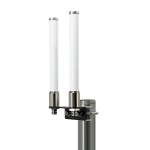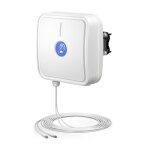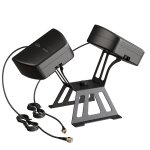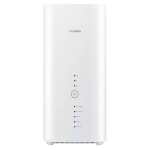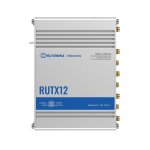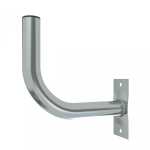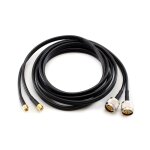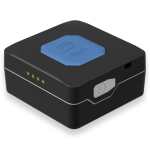5G / 4G
It often happens that despite the relatively good LTE and 5G network coverage in some areas, the signal is weak. This results in slow transmission rates, poor connection quality, and signal dropouts. Especially when using an internet signal via LTE or 5G, this can be very frustrating.
By using a powerful antenna, you can significantly boost your signal. This provides faster transmission rates and high signal stability.
We offer high-quality equipment for LTE and 5G data connections, ranging from simple USB surf sticks (naturally with an external antenna connection) to routers, antenna cables, adapters, and powerful directional or omnidirectional antennas.
If you have difficulty choosing the components, feel free to consult with us for free and without obligation.
By using a powerful antenna, you can significantly boost your signal. This provides faster transmission rates and high signal stability.
We offer high-quality equipment for LTE and 5G data connections, ranging from simple USB surf sticks (naturally with an external antenna connection) to routers, antenna cables, adapters, and powerful directional or omnidirectional antennas.
If you have difficulty choosing the components, feel free to consult with us for free and without obligation.
